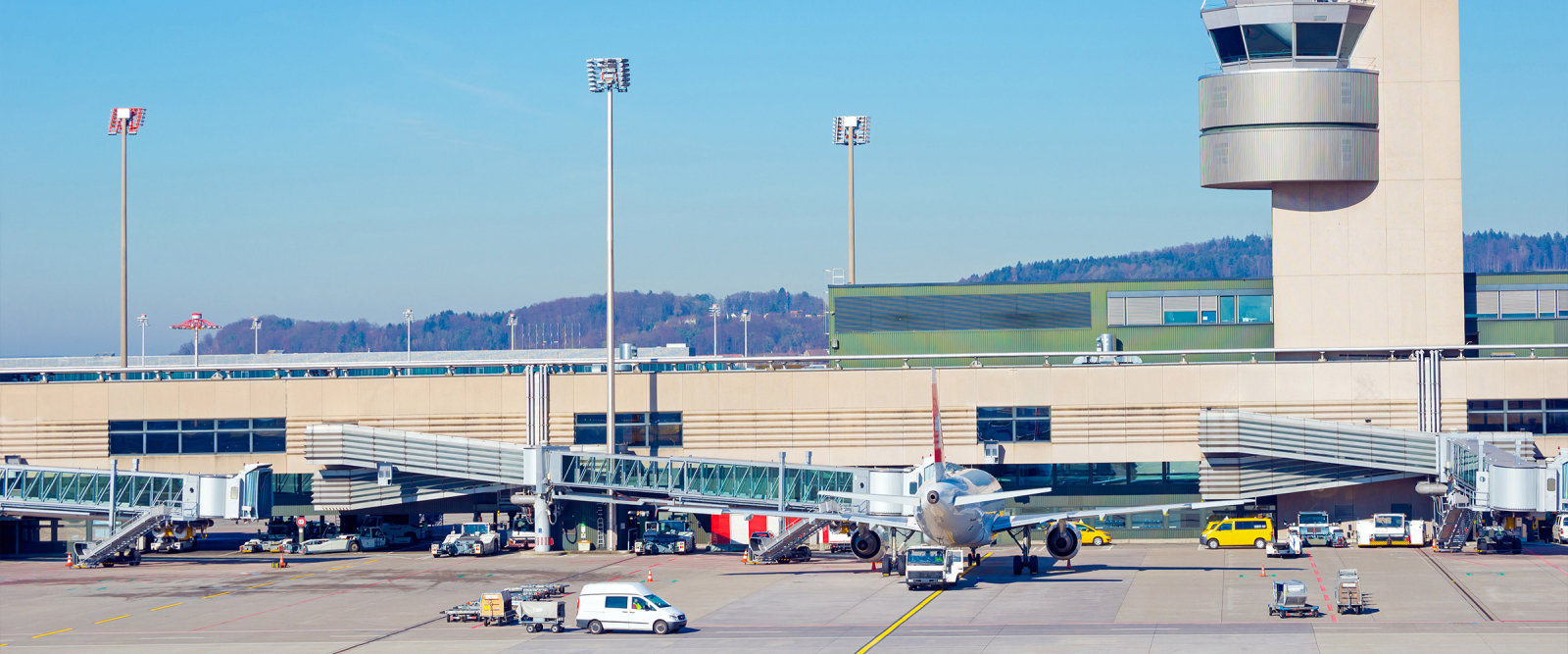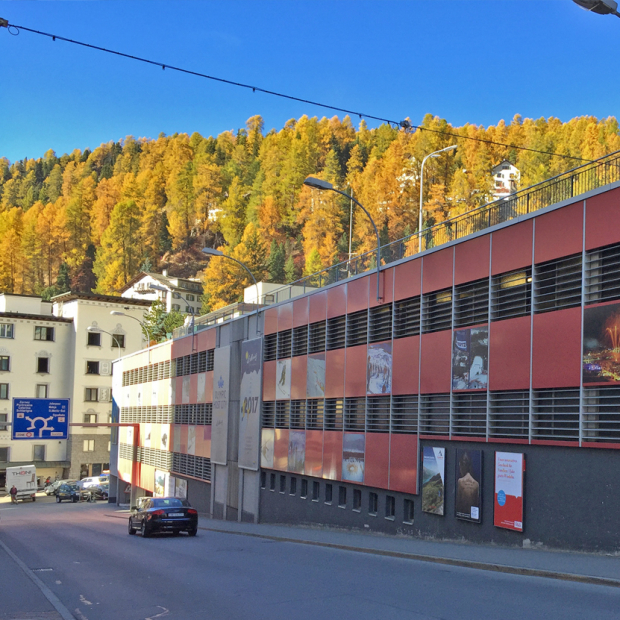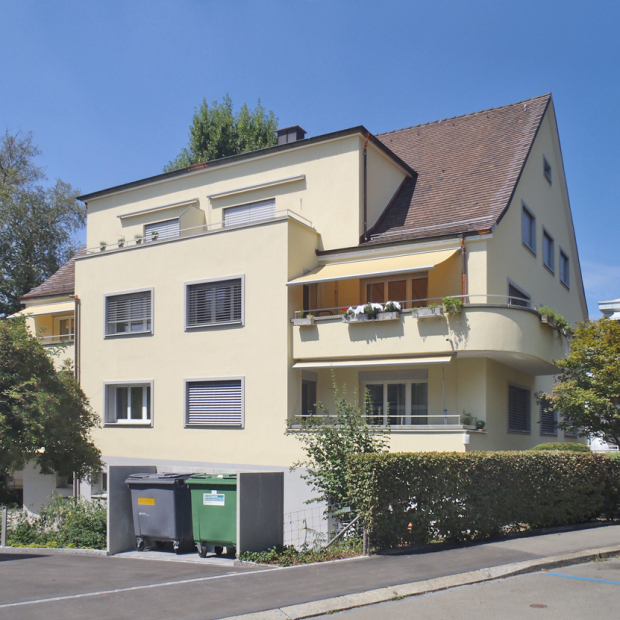

Fire risk assessment at Zurich Airport’s control tower
A fire in an air traffic control tower could seriously limit or disrupt flight operations. Relevant risks at Zurich Airport’s air traffic control tower were examined and efficient fire safety measures were derived to ensure the business continuity of the air traffic.
Around a quarter of a million flights are handled at Zurich Airport every year, making it Switzerland’s busiest airport. These flights are managed by Skyguide air traffic controllers working at Zurich Airport’s air traffic control tower.
Business continuity is not covered by the Swiss fire safety regulations
The building itself meets the fire safety regulations of the Swiss Association of Cantonal Fire Insurances. However, if a fire damaged or destroyed the Skyguide equipment, it would lead to major operational disruptions. The Swiss fire safety regulations have no provisions for incidents that damage important equipment. The aim of the risk assessment was to quantify the potential losses that could result from business interruptions and to identify efficient risk-reduction measures.
Quantitative fire risk assessment
A risk screening was carried out with those responsible for the air traffic control equipment. The focus of the screening was to identify relevant fire scenarios of Skyguide’s technical systems, including servers and electrical distributors.
A risk model has been developed to quantify the financial losses resulting from business interruptions associated with fire-related damage to technical equipment. The results are based on probabilistic and engineering methods, including the following:
- Estimation of the probability of fire ignition of technical equipment (server components and distributors) and other fire loads in the room
- Modelling of heat and smoke propagation and the types of equipment damage that could lead to operational disruption
- Estimation of the expected duration of operational disruption and the associated business and economic losses
- Consideration of structural, technical and organizational fire safety measures
Cost-benefit analyses to derive efficient fire safety measures
Efficient fire safety measures were derived by means of cost-benefit analyses, i.e. by comparing the costs of fire safety measures with the risk reductions. The risk model was used to quantify the risk reduction of a measure. This provided the basis to prioritize safety measures in order to ensure the business continuity of the air traffic.



